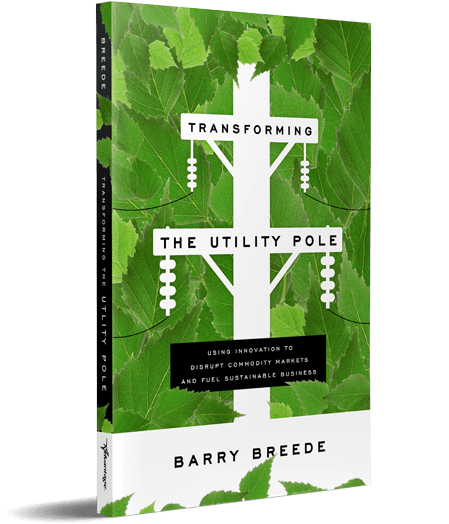Garbage day. This day is committed to memory each week as we take the time to empty the trash cans throughout our homes into a larger bin that is either hauled off to the community dumpster or set out on the curb to be dealt with by the local waste management company.
The bin is emptied, we bring it back in from the street, and the cycle continues the following week. Beyond the monotony of this chore, are we taking the time to think about where that trash actually goes and what the impact of this seemingly “normal” activity is having in the grand scheme of our communities and future?
Most of us aren’t. There’s an assumption that it’s being handled in an acceptable, manageable way. The problem is the solution that has been deemed “acceptable” is running its course. Historically, city dumps were largely unregulated; they bred pests and, since much waste is toxic, allowed poisonous materials to leach into the ground and affect the water supply and the broader environment. The landfill developed in the early twentieth century as a cleaner, safer alternative and would eventually grow to replace the city dump. The idea behind the landfill is essentially to isolate the garbage (known as “municipal solid waste”) in a confined space, control leaching and gas emissions, and cover the surface with soil on a daily basis. In the United States, landfills are subject to stringent EPA regulations.
These facilities, however, are running out of space; across large portions of the Northeast and especially the upper Midwest, there is less than twenty years’ worth of useful life in the landfill space available. The numbers are only increasing. Data from the EPA indicates that the total generation of municipal solid waste in 2015 was 262.4 million tons, approximately 3.5 million tons more than the amount generated the year before. As the amount increases, many of the country’s largest landfills are closing their doors.

The EPA’s site states the following which is telling of the situation and the direction we need to head in” “[the] EPA is also thinking beyond waste, and we have transitioned from focusing on waste management to focusing on Sustainable Materials Management (SMM), which refers to the use and reuse of materials across their entire life cycle. SMM conserves resources, reduces waste and minimizes the environmental impacts of materials we use. In an era of limited resources, the sustainable management of natural capital is increasingly at the forefront of international dialogue about how to achieve economic growth without compromising human health and the environment.”
A shift must occur, not only from business entities, but from us as individuals as well. When we start to understand the waste situation we are in and educate ourselves about the state of today’s disposal methods, we can make better choices about our involvement in it and ask for that same awareness from business entities as well. Learn more about the future of disposal and sustainability in my latest book, Transforming the Utility Pole: Using Innovation to Disrupt Commodity Markets and Fuel Sustainable Business.

